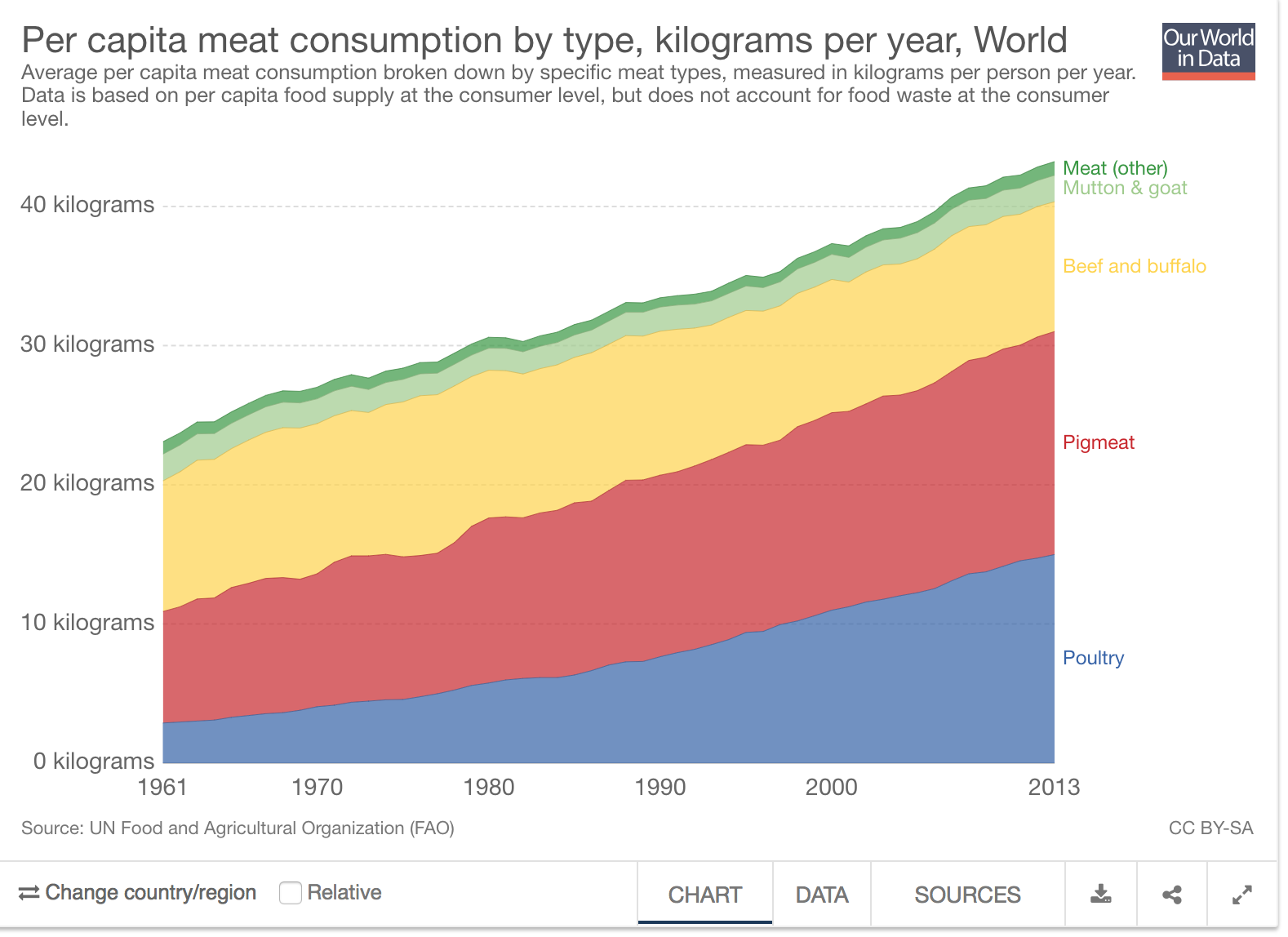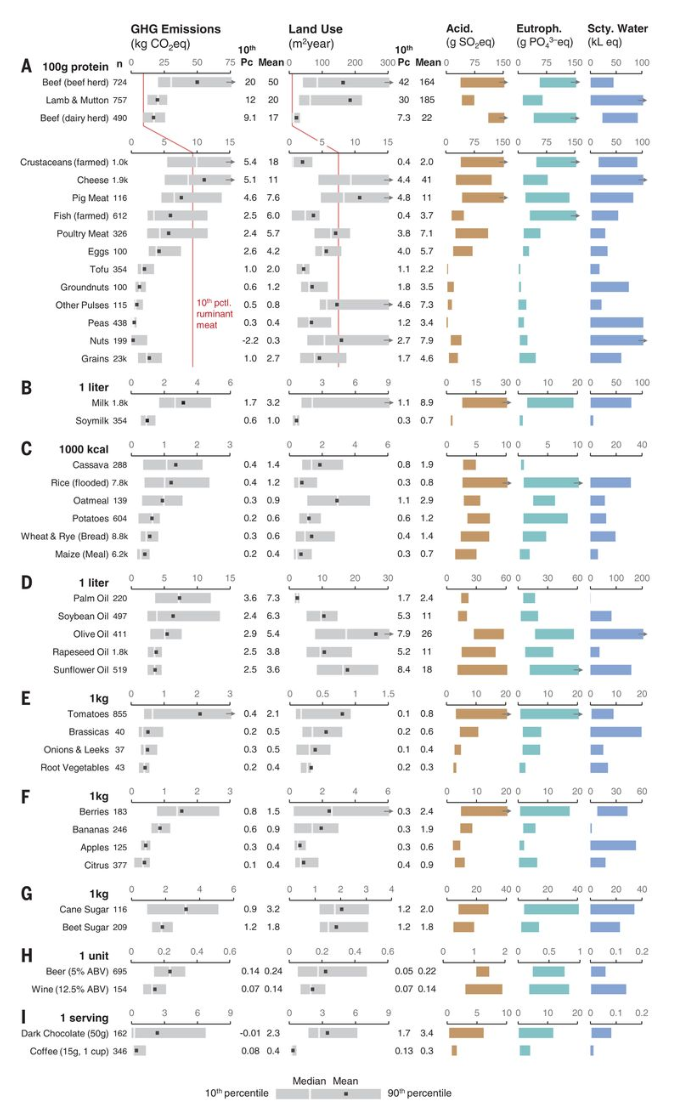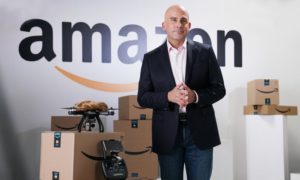In October, the Intergovernmental Panel on Climate Change (I.P.C.C.) released a sobering report, stating that the threshold temperature (2 degrees Celsius) at which we must keep the planet’s climate below by 2040 might still be too high. Researchers originally believed that we had to keep temperatures below 2 degrees Celsius by 2040 to be somewhat safe. Now, they’re saying we must keep temperatures below 1.5 degrees Celsius by 2040, a conclusion that is harrowing in its implications if it wasn’t already.
What our species needs to do next is clear: we must move faster to a zero emissions society or face food shortages, more intense wildfires, and an exacerbated refugee crisis, just to name a few.
We’ve read the myriad of articles spelling out our impending doom, but what about the solutions? As journalists, editors, and media makers, what are we to make of all this? What can our role be, besides participating in the occasional march?
We can start by changing the ways we’ve defined progress, via the metric of GDP growth. As over 200 scientists stated in an open letter to the EU back in September, economic growth as we currently measure it is environmental unsustainable. We need to reduce our rates of production and consumption, which means we must have different measures for progress and wealth.
This might trigger anxiety for many, including myself, who’ve been raised under the belief that more growth means greater wellbeing. But it shouldn’t. A 2016 study by the Social Progress Initiative concluded that traditional measures such as GDP fail to capture the overall progress of societies.
For instance, countries like Saudi Arabia, Kuwait, and the United Arab Emirates have extremely high GDP per capita rates but lag heavily in social progress indicators like personal freedom and choice, access to advanced education, and tolerance and inclusion.
Contrarily, countries like Uruguay, Chile, and Estonia have much lower GDP per capita rates but rank much higher in social progress indicators like access to healthcare and opportunity.
As Jason Hickel from the Guardian put it so eloquently, an alternative growth model would entail “easing the intensity of our economy, cutting the excesses of the very richest, sharing what we have instead of plundering the Earth more” and, of course, liberating ourselves from ramped consumerism (which makes us more miserable anyway). This does not entail a Ludditian regression into pre-industrial society. It means reevaluating the language we use to define growth.
Hence, there’s another way of looking at it. First off it, GDP growth doesn’t matter as much as we think it does. Media outlets and politicians alike love to use GDP as a buzzword for calculated progress and often employ absurdly hyperbolic language to suggest that something monumental is happening. Prime example: pundits praising the Trump economy’s “uuge” growth rates, how it’s just on fire (“on fire” for whom and for what is never addressed). Yet, economic pundits fail to mention how, for instance, this will directly address wealth inequality or the political disenfranchisement of communities of color and the poor.
Take another case: Nigeria. Traditionally, the rapid growth of Nigeria (now the largest economy in Africa) would elicit ecstatic responses. And indeed, some level of growth in Nigeria is positive. But what’s not in the equation is the fact that millions of Nigerians face hunger and hundreds millions more live below the poverty line. Meanwhile, the top five billionaires in Nigeria have a shared net-worth of about $30 Billion, about $5 Billion more than how much it would take to eradicate extreme poverty at the national level.
The point here is not to say we should stop talking about GDP growth. That’s impossible and undesirable. But we should place less emphasis on it politically. The actual mechanics of what this would mean on the ground via political policy is of course another matter.
As media disseminators, our primary job should be to allow for more open discussions on the alternative ways we can measure and subsequently construct a more environmentally sustainable vision for society. When have you seen a CNN panel discussion on the merits (or de-merits) of “de-growth” policies or the “steady-state economy”; or discussions on the differences between absolute and relative “decoupling”(the rate which economic output uses less energy and raw materials due to increased efficiency.)?
There’s no clear-cut rubric right now and the debate is mostly held in obscure environmental and social science circles. Instead, we should encourage these admittedly uncomfortable and controversial questions to be debated openly in mainstream outlets everywhere and the socio-economic urgency of mitigating climate change to be taken a tad bit more seriously.






